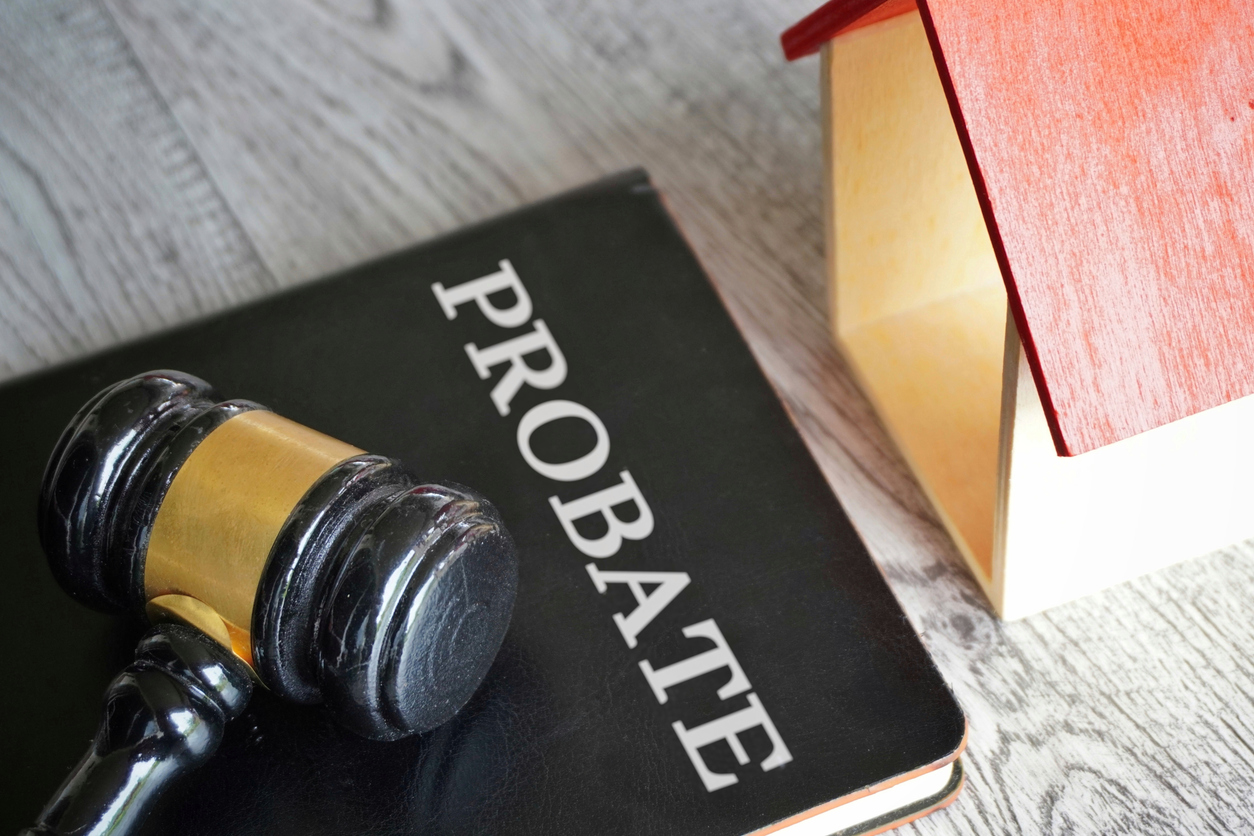So much of our lives is online these days, but surprisingly few of us plan for what happens to our online accounts and assets when we are no longer around. Some of your Instagram followers may never notice that you’ve stopped posting vacation pictures, or stop to wonder why. But you have other online presences that can, and should be managed after your death, so that your loved ones can access assets and memories you’ve stored online. Here are five ways to manage your digital estate planning
Consider a Password Manager
Someone inheriting your house or car would need to inherit the keys as well. Someone inheriting access to your digital life will need your passwords. A password manager can make those digital “keys” easier to pass along. Services like 1Password allow you to store all your passwords for various sites with them so you don’t have to remember them. When you sign up for the service, you create an “emergency kit.”
The kit has, all in one place, the information that a person you choose would need to access your 1Password account. You may also store passwords for credit card sites, banking, and other information needed to access your financial accounts. Download a copy of your emergency kit to a USB drive or print out a copy and keep it in a secure place, perhaps in a safe with your estate planning documents, so that your personal representative can get to it soon after your death.
Other highly-recommended password managers to consider include Dashlane and Keeper.
Give Google a Heads Up
Google has a feature called “Inactive Account Manager.” If your account is inactive for a set period of time, the IAM hands over the reins to your account to a person you have designated.
The default period of inactivity is three months, but you can opt for a shorter or longer time before Google turns over control of your account. You will need to supply your phone number, if you haven’t already done so, as well as provide another contact email. If your account is inactive, Google will first try to reach you using these means before handing off your account to your designated person.
When you designate someone to manage your inactive Google account, you can select which Google services (like YouTube) you want them to be able to access, or grant blanket access to everything. You can also set up your account to send an autoreply to anyone who emails you after your account is declared inactive. Head to Google’s Inactive Account Manager page to begin.
Leave a Legacy on Facebook
If you’re like many people, you have either reconnected with long-lost neighbors, friends and family on Facebook, or you never lost touch with them in the first place because Facebook has always been a part of your life. Think about how much of your contact with other people, especially those far away, is on Facebook. You share everything from pictures of lunch at that new Ethiopian restaurant to news about the birth of a child or grandchild. Facebook is your journal, photo album, and coffee klatsch all in one.
Facebook also does things like suggest you as a friend to people you may know, and remind Facebook friends of your birthday. These things can be painful for your loved ones when you’re no longer alive to celebrate. This and other problems can be solved by designating a legacy contact.
Your designated legacy contact, who must be an existing Facebook friend, can memorialize your account after your death, leaving a slimmed-down profile online.
Your designated legacy contact, who must be an existing Facebook friend, can memorialize your account after your death, leaving a slimmed-down profile online. When an account is memorialized, the word “Remembering” will be shown on your profile next to your name. Your account will also be removed from public search accounts, you won’t be suggested as a friend, and reminders will not go out on your birthday. However, if privacy settings allow, friends can still post messages on your timeline, so your loved ones will know you are fondly remembered.
If you prefer, you can have your account deactivated after your death by selecting “request account deletion” under the “manage account” tab.
Help Your Loved Ones Do the Two-Step
If you have designated loved ones to manage your online accounts after your death, congratulations. You have made their lives a little easier by relieving the stress of having to figure out access to your digital life. Grief is hard enough without that frustration.
If you are wise enough to have done this, however, you were also probably savvy enough to set up two-factor authentication for many of your important accounts. If that’s the case, you will want to give the person managing your online life after your death access to your phone or other means of contact so they can get the needed code for the two-factor authentication. Otherwise, they are sure to be frustrated.
As a Back-Up, Back it Up
The steps above will take care of much of the management of your digital life, but it’s always advisable to save important work, photos, and files to an external hard drive that loved ones can have right at their fingertips.
We hope you won’t need these tips for many years (by which time we may well have new ones). But you will sleep a little better at night knowing you have done your digital estate planning as well as estate planning in real life.
If you have more questions about digital estate planning, we invite you to contact our law firm.
You may also be interested in:




